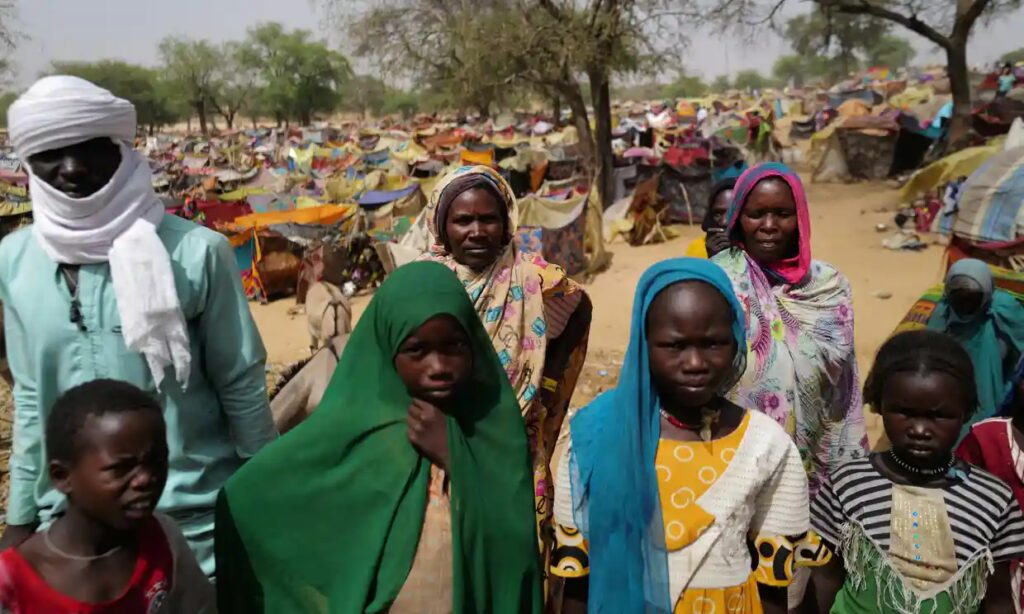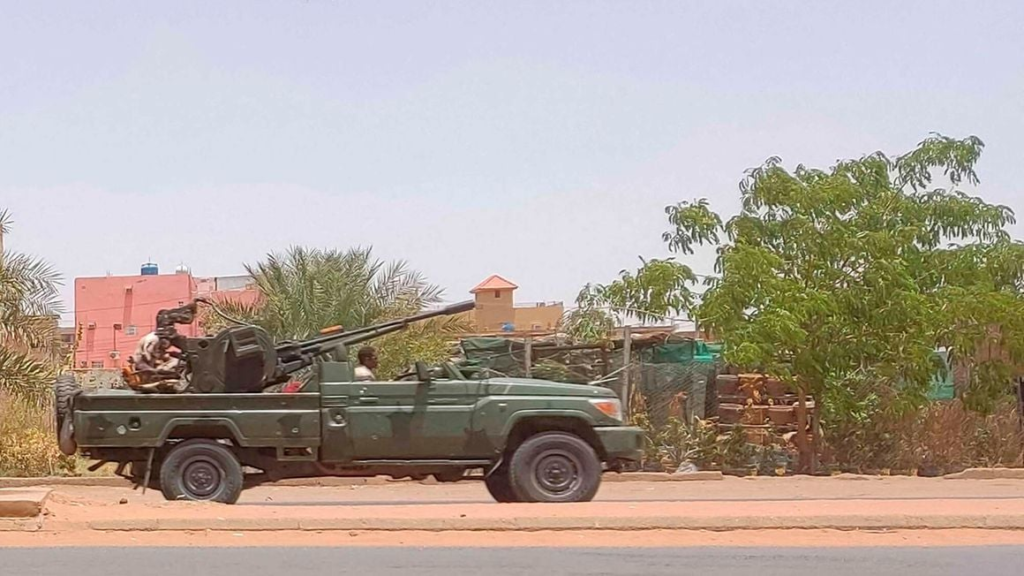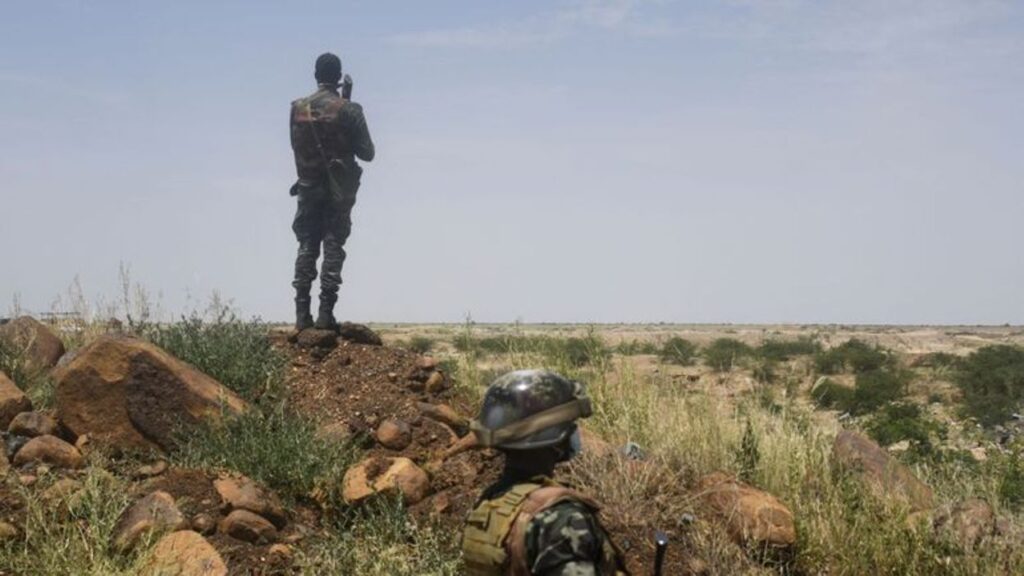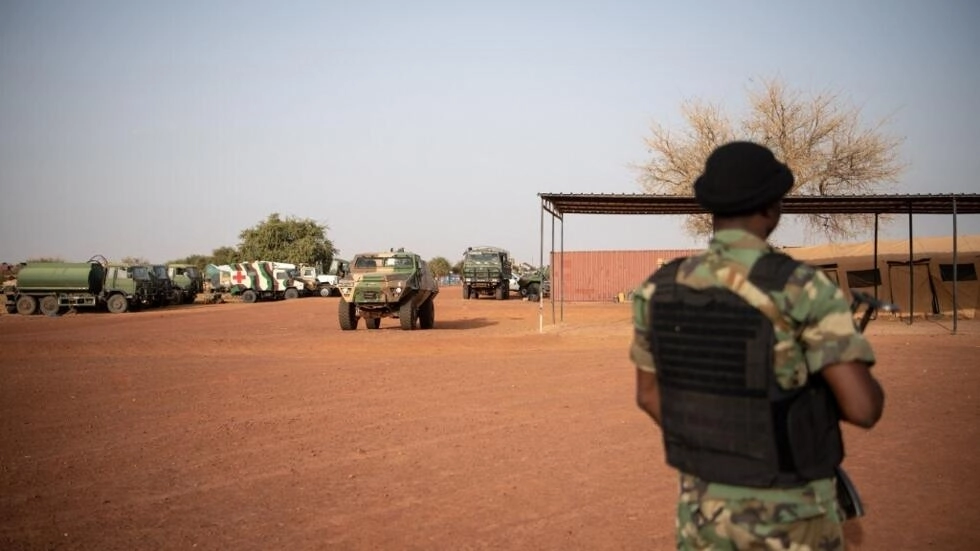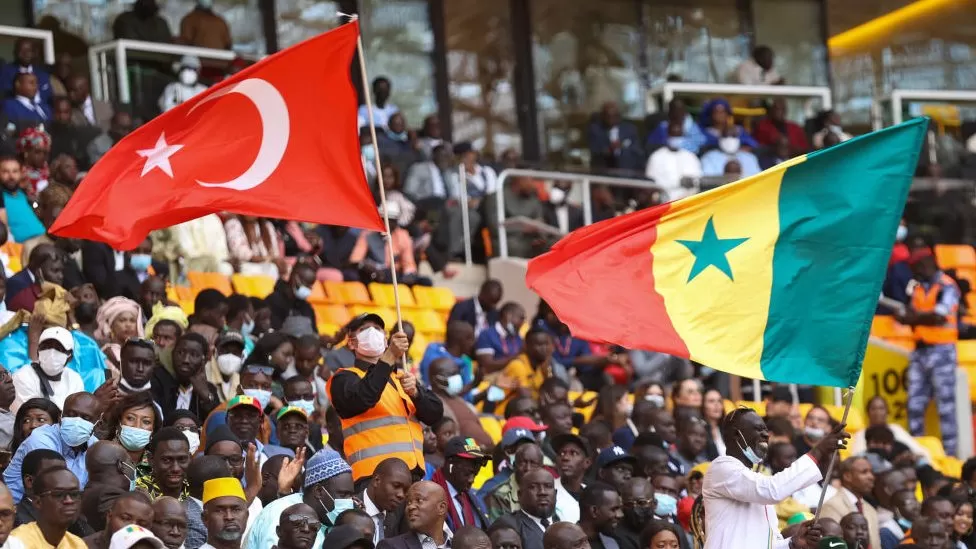Eritrean refugees caught between crisis at home, Sudan conflict

Some Eritreans are reportedly missing in Sudan, raising fears of kidnappings by Eritrean authorities or traffickers.
Nabil Mohamed* last heard from his friend, a fellow Eritrean, on April 19 in Kassala, a city in eastern Sudan near the Eritrean border. He was fleeing Sudan’s war-torn capital, Khartoum, to a refugee camp and to access aid from the United Nations.

